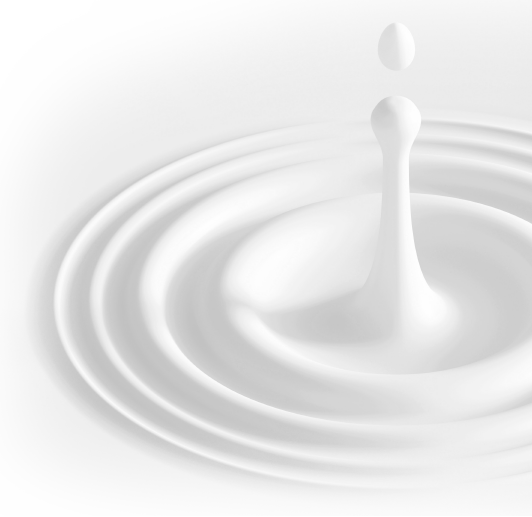Potential sources of renewable energy include protein complexes that are responsible for photosynthesis. However, their efficiency in technical applications still leaves much to be desired. For example, they cannot convert green light into energy. A research team from Ruhr-Universität Bochum (RUB) and the Israel Institute of Technology in Haifa has successfully closed this so-called green gap by combining a photosynthesis protein complex with a light-collecting protein from cyanobacteria. The team pre-published their report online in the Journal of Materials Chemistry A on 11 May 2020.
additional information
Original Publication: Volker Hartmann, Dvir Harris, Tim Bobrowski, Adrian Ruff, Anna Frank, Thomas Günther-Pomorski, Matthias Roegner, Wolfgang Schuhmann, Noam Adir, Marc M. Nowaczyk: Improved quantum efficiency in an engineered light harvesting/photosystem II super-complex for high current density biophotoanodes, in: Journal of Materials Chemistry A, 2020, DOI: 10.1039/D0TA03444D
-------------------
Effizientere Biosolarzellen nach dem Vorbild der Natur
J.Mat.Chem.A: Lichtsammel- und Photosyntheseproteine verschiedener Arten können in Kombination mehr Energie erzeugen.
Zu den möglichen Quellen für erneuerbare Energien gehören die Proteinkomplexe, die für die Photosynthese verantwortlich sind. Noch lässt ihre Effizienz in technischen Anwendungen allerdings zu wünschen übrig. Grünes Licht können sie zum Beispiel nicht in Energie umwandeln. Diese sogenannte Grünlücke konnte ein Forschungsteam der Ruhr-Universität Bochum (RUB) und des Israel Institute of Technology in Haifa schließen. Gelungen ist das durch die Kombination eines Photosynthese-Proteinkomplexes mit einem Lichtsammelprotein aus Cyanobakterien. Das Team berichtet im Journal of Materials Chemistry A online vorab am 11. Mai 2020.
ZUSÄTZLICHE INFORMATION
Ausführliche Presseinformation
Originalveröffentlichung: Volker Hartmann, Dvir Harris, Tim Bobrowski, Adrian Ruff, Anna Frank, Thomas Günther-Pomorski, Matthias Roegner, Wolfgang Schuhmann, Noam Adir, Marc M. Nowaczyk: Improved quantum efficiency in an engineered light harvesting/photosystem II super-complex for high current density biophotoanodes, in: Journal of Materials Chemistry A, 2020, DOI: 10.1039/D0TA03444D

